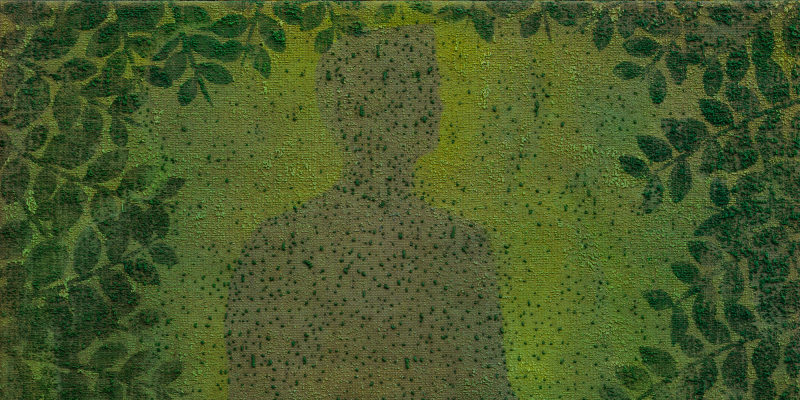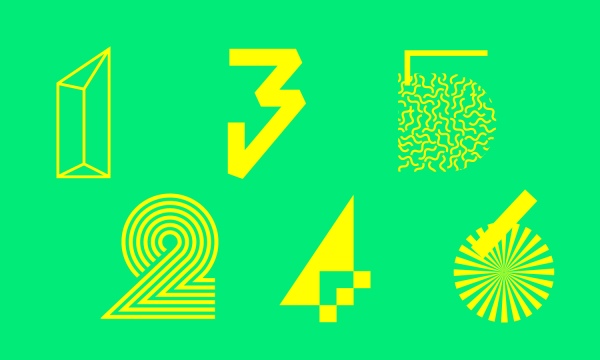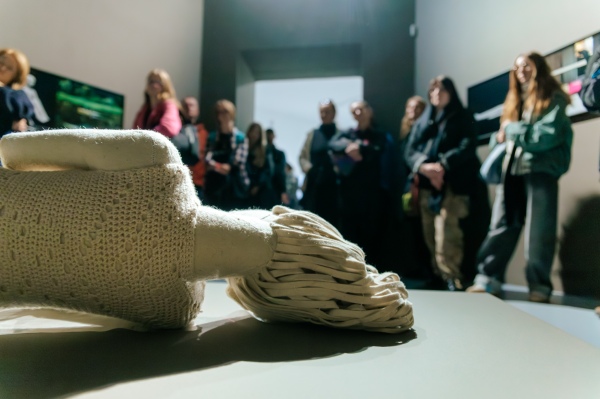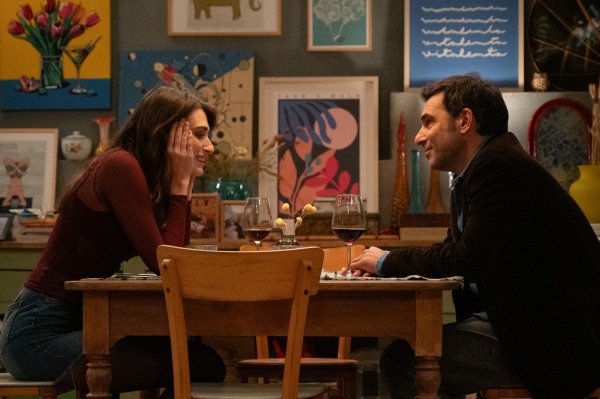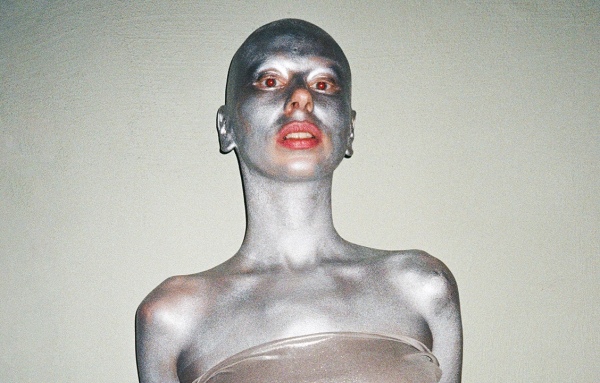22/02—24/03/2024
exhibition from the Project Room series
Piotr Trusik
Between
- Piotr Trusik
- Between
-
- What we are looking at, is it truly what we see? How much do we colour our perception with our own nature and experiences? Each of us feels differently when seeing the same thing. As a result, we perceive reality in our own way. Between shows that form is not one and final; it is suspended between the recognisable and the perceptible world. This means that the truth of the image is not what we see, but what is invisible, confronted with the two-dimensionality of the image, literally and figuratively. Between can be considered in two aspects: reflection on the seen form and the recognisable world and individual feelings towards the world around us.
- The first aspect reveals the phenomenology of the form and its readability in relation to a particular viewer. Individually perceived reality takes on a different image for each observer. By photographing at different camera settings, we obtain different dominants of the image, bringing out the shape in various ways. A similar process occurs in the human eye. To our individual perception, each person’s sensitivity to stimuli adds another layer. As a result, one can ask whether we can ever see the truth of what we see?
- The second aspect illustrates the silhouette of a person appearing in the paintings, perceiving and experiencing the space he is in. Interacting with space creates a narrative resulting from the combination of a specific place, memories and associated emotions. Feelings illustrate everything that is between us and reality.
- When treating the artwork as an order, we mistakenly take it for the real world, while the artwork is our creation. Rejecting chaos and unrest is also a kind of avoiding the path to truth. Over time, it turns out that there is some undefined reason in this contradiction. Without knowing exactly what it is, we clearly see what it is not. The search for the essence is abstract, just like our thoughts and ideas breaking away from the real world towards what is not there, but what might be, towards the absent, the inexpressible, which does not reflect but shapes our image of the world. If the painting is a window, then the window is an opening, an opening of the internal to the external, the filled to the unfilled.
